The Ghosts of a Torture Chamber
Where the State takes its citizens to be tortured is often a place of ordinariness. In a middle-class neighbourhood in Buenos Aires (Argentina), the military Junta chose the building of the officers’ club of a naval school for its torture and extermination centre. This was during the military dictatorship from 1976 to 1983. Five thousand trade unionists and student activists were brought here with hoods covering their faces. They were taken into the basement, where they were interrogated in an ordinary room, then taken up the stairs past the rooms of the officers to the attic, where they were forced to lie down till their next torture session. When the Junta was done with them, they were taken to a nearby airport, put on a plane and then dropped – alive – into the Atlantic Ocean.
They were disappeared.
The torture centre is now a museum, a memorial to those dark times. The grounds are green on this spring day, the sun bright, the buildings covered with large pictures of some of those who were tortured here and thrown into the sea.
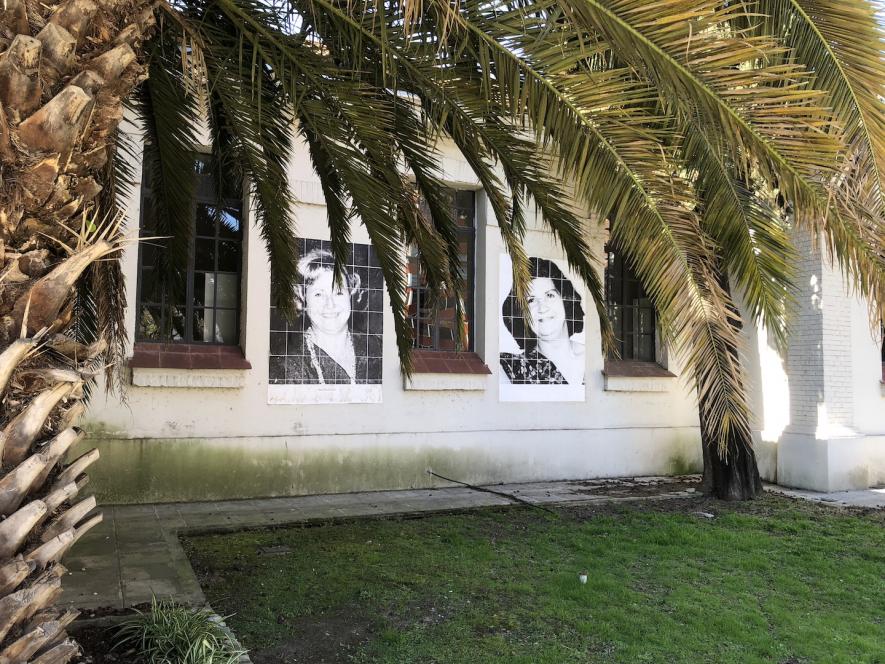
The grounds of the Escuela de Mecanica de la Armada
A few years ago, I visited the Lisbon torture centre of the dictatorship in Portugal. That centre ran from 1928 to 1965, during which time thousands of trade unionists and student activists, communists and rebels of all kinds were brought here to be tortured. Many were killed – often with great cruelty.
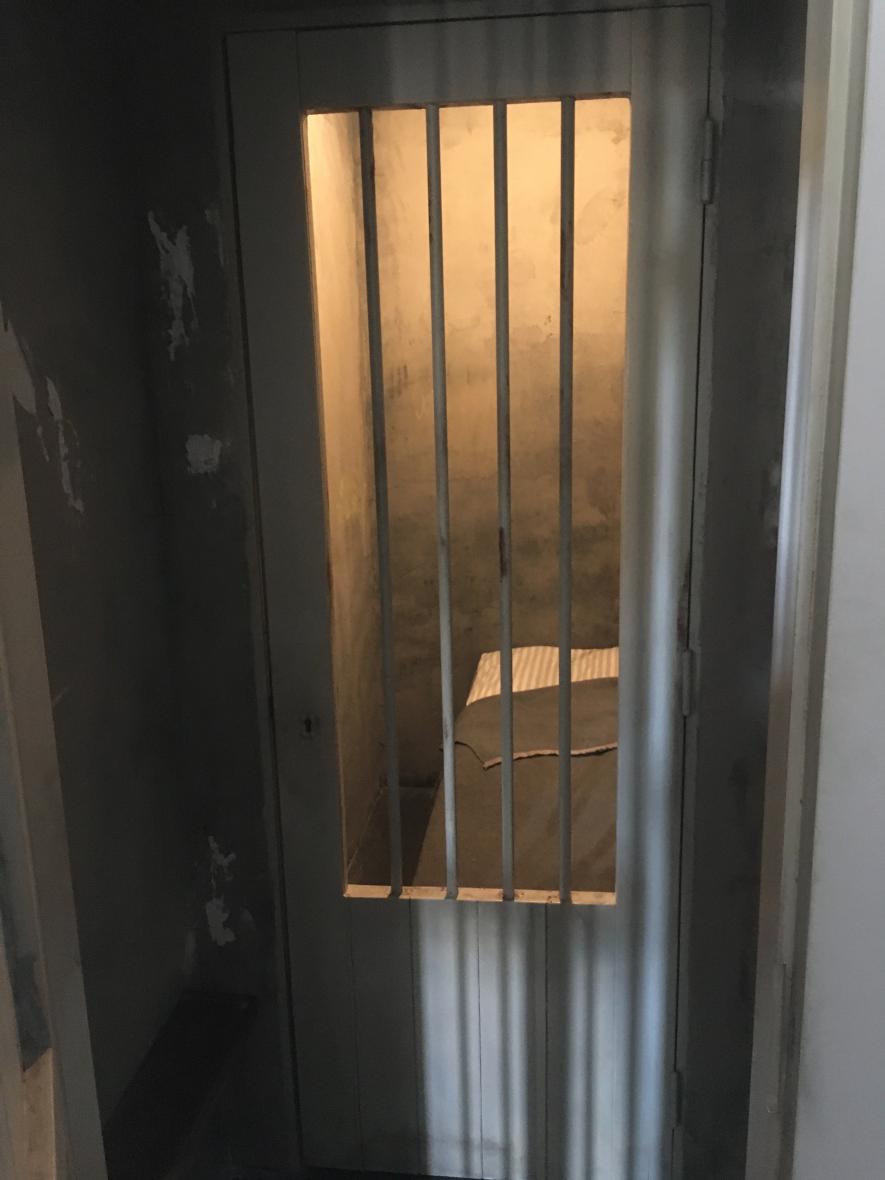
a cell in the Museu do Aljube
The ordinariness of the brutality comes out in the hundreds of stories preserved in the museum in Lisbon. On July 31, 1958, the welder Raúl Alves was taken to the third floor of the building by his captors. They threw him to his death. The wife of the Brazilian ambassador drove by at that moment. The Brazilian embassy approached the Home Ministry to ask what had happened. The Portuguese dictatorship responded, ‘There is no cause for concern. It is merely an unimportant communist’.
Most of those killed by these military dictatorships were left-wing activists in the trade union movement and the student movement, in the women’s movement and the human rights movement. In Argentina, during this period, thirty-thousand such militants of the left-wing were executed – the fruit of a generation of left-wing activists. The left was obliterated, just as the Indonesian military and the Chilean military assassinated the entire left in their respective countries. Intelligence agencies of the West telexed lists of people whom they wanted killed. These were – once more – communists and trade unionists, students and civil liberties campaigners. Over a million leftists were killed in Indonesia after the military coup of 1965.
Nothing was known of these killings in Argentina beyond the cries of the families of those who had been disappeared. Mothers of these men and women began to gather at the Plaza de Mayo in front of the Pink House, where the government does its work. These mothers would walk in a circle in that square each week – till this day.
Testimonies from the survivors would help investigators piece together the evidence of what happened during those years. Three of them – Maria Alicia Milia, Ana María Martí and Sara Solarz de Osatinsky – wrote of this clandestine torture centre, ‘There was the smell of death inside that place’. Like other torture centres, this one in Buenos Aires used rooms in the basement for the actual torture. A red light outside the room warned others that the torture was in session. Much the same kind of architecture is used in other centres, including in the US base outside Kabul (Afghanistan). The prisoner is in a bare cell. Instruments of torture are brought in. The red light comes on. The screams can be heard down the corridor. Uruguayan author Eduardo Galeano writes with feeling about the inventiveness of Latin American torture chambers. The continent, he wrote, made ‘inspired universal contributions to the development of methods of torture, techniques for assassinating people and ideas, for the cultivation of silence, the extension of impotence, and the sowing of fear’.
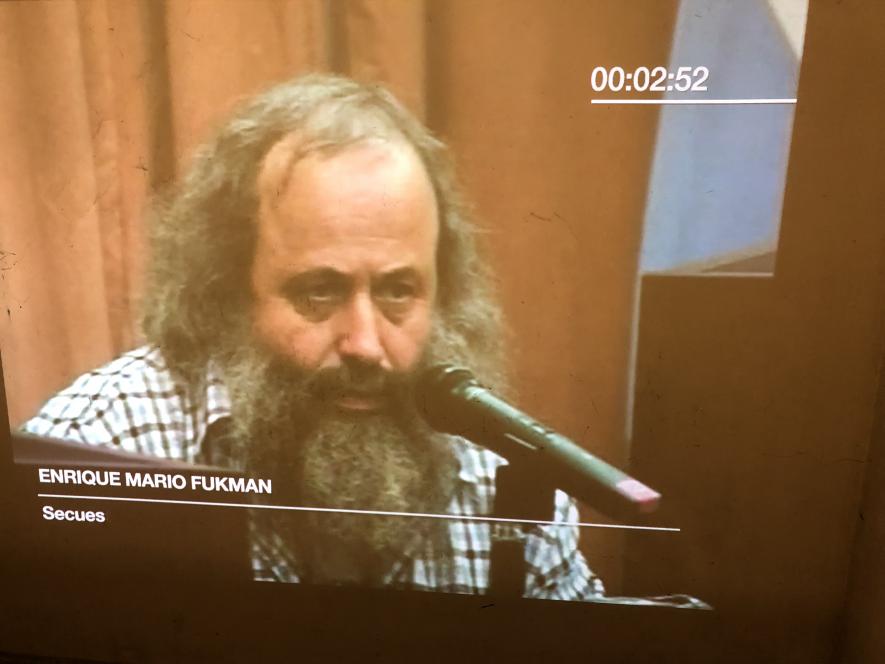
Enrique Mario Fukman, a survivor, testifies about the torture
Silence and fear are the objective, long after the Junta ends. In Argentina, they refer to it as the ‘last dictatorship’, a phrase that acknowledges that there have been dictatorships before that one and that there will – likely – be dictatorships of one kind or another afterwards. Jorge Lopez, a left-wing activist and worker, testifies at the tribunal to cleanse the country of the stain of the dictatorship. He gives details that are dangerous to the armed forces. Lopez, whom they tried to disappear once, disappears a second time. He is now most likely dead.
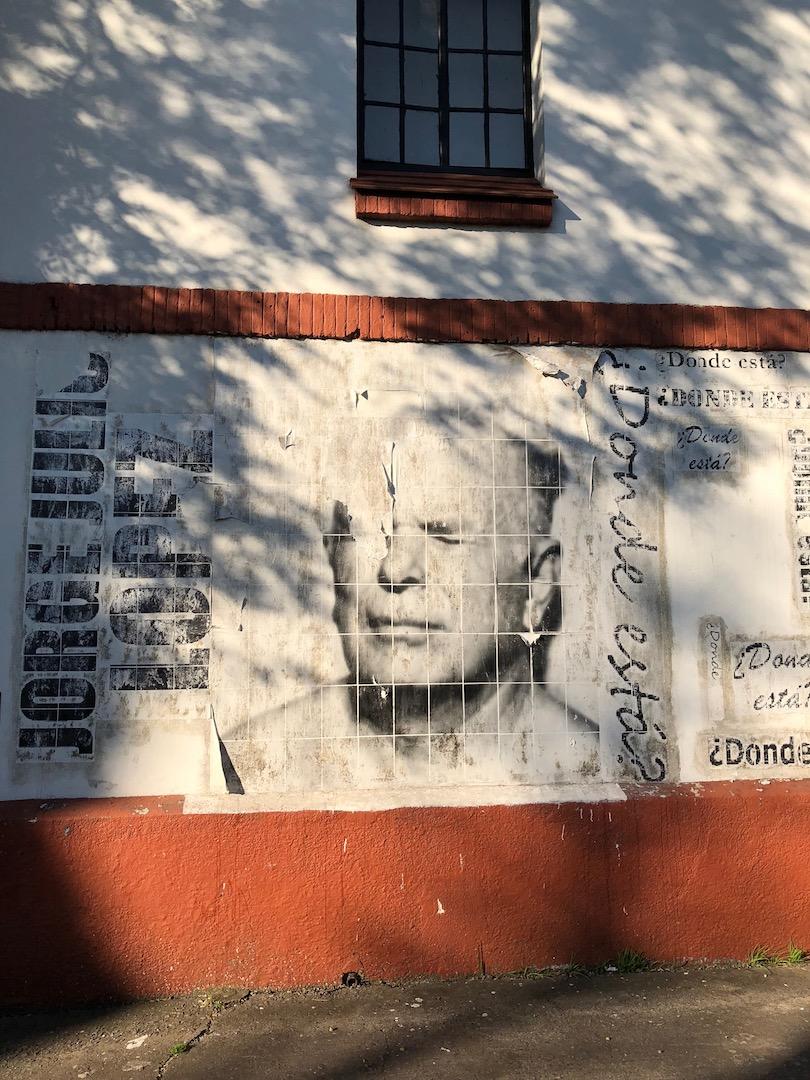
Mural of Jorge Lopez at the torture centre in Buenos Aires
Inside the basement, where the torture took place, is a panel with photographs of the detained and disappeared. The pictures were taken by Victor Basterra, himself a detainee who spent four years in this prison and was forced to photograph each of those brought through here. He smuggled the negatives out and gives us a record of those whom the military killed. Sensitive eyes look out towards the camera. These are men and women who have been dedicated to the cause of the working-class and the peasantry. They were hated by the military dictatorship. Every country produces such people, most of whom spend their lives trying to transform the ugliness of this world into beauty. Governments of the Rich hate them. They are the enemy.
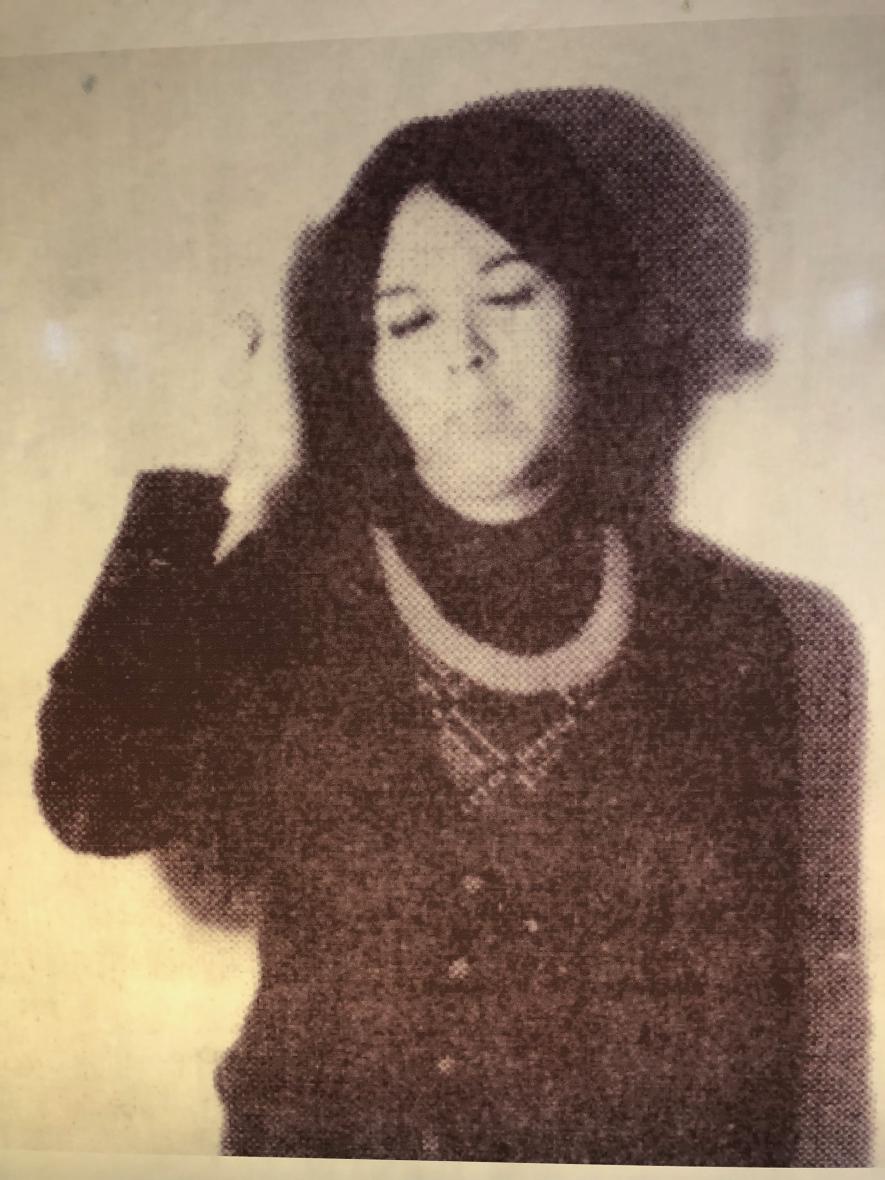
a militant with her fist in the air
Among photographs is the one above. An unknown militant is in the basement. She can hear the screams. She knows that is her fate. She can guess that she will not survive this experience, as thirty thousand others did not. She is in front of the camera. This brave, unknown woman raises her fist in a revolutionary salute. Her bravery is a signal across time to all of us. As long as you are resisting, you are not defeated.
Get the latest reports & analysis with people's perspective on Protests, movements & deep analytical videos, discussions of the current affairs in your Telegram app. Subscribe to NewsClick's Telegram channel & get Real-Time updates on stories, as they get published on our website.














